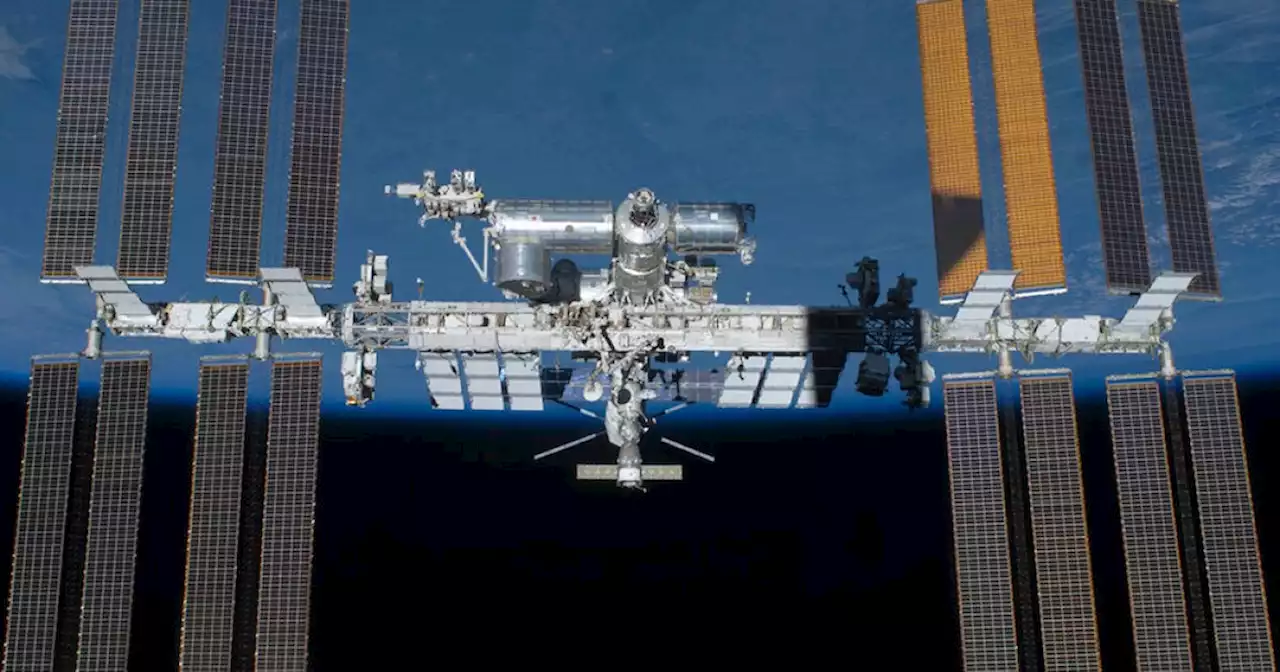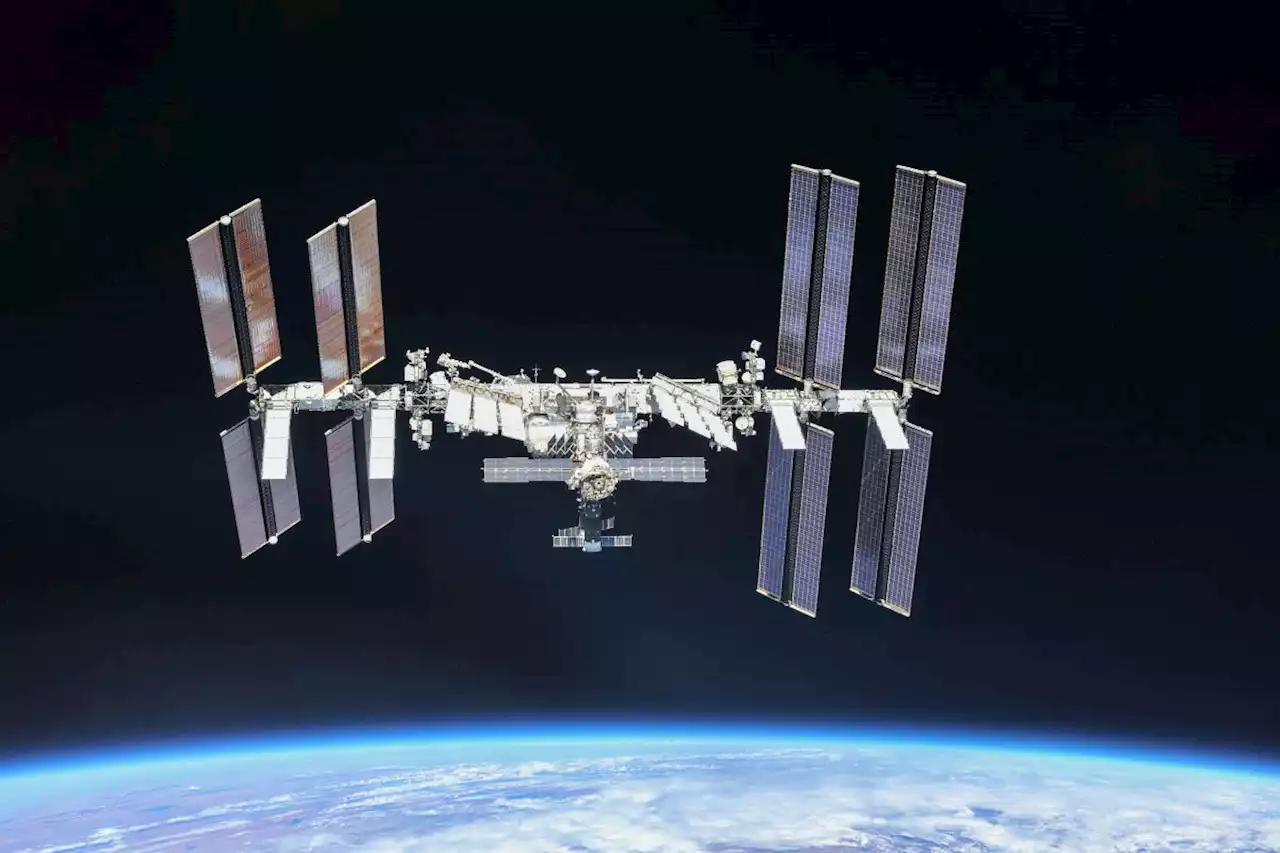3000 miles off the coast of New Zealand, Point Nemo is so far from land that the closest humans are often the astronauts on board the International Space Station. It's precisely this remoteness that explains why the ISS will end its days here.
Sign up for CNN's Wonder Theory science newsletter. Explore the universe with news on fascinating discoveries, scientific advancements and more. Three thousand miles off the coast of New Zealand and 2,000 miles north of Antarctica, Point Nemo is so far from land that the closest humans are often the astronauts on board the International Space Station -- that orbits 227 nautical miles above Earth.
It's precisely this remoteness that explains why the ISS, once it's retired in 2030, will end its days here, plummeting to Earth to join other decommissioned space stations, satellites and space debris. This is the world's space graveyard. Spacefaring nations have been dumping their junk in the area around Point Nemo, named after Captain Nemo from Jules Verne's novel"Twenty Thousand Leagues Under The Sea," since the 1970s.
Indonesia Berita Terbaru, Indonesia Berita utama
Similar News:Anda juga dapat membaca berita serupa dengan ini yang kami kumpulkan dari sumber berita lain.
 LOOK UP: A long duration passing of the International Space Station happens SaturdayCalling all sky watchers. Northeast Ohio is in for a treat with a long duration pass of the International Space Station Saturday evening.
LOOK UP: A long duration passing of the International Space Station happens SaturdayCalling all sky watchers. Northeast Ohio is in for a treat with a long duration pass of the International Space Station Saturday evening.
Baca lebih lajut »
 The International Space Station will eventually die by fireIt took dozens of launches to get the International Space Station up. What will it take to get it down?
The International Space Station will eventually die by fireIt took dozens of launches to get the International Space Station up. What will it take to get it down?
Baca lebih lajut »
 Axiom Space's 1st space station crew approved by NASA, ISS partnersThe mission is scheduled to launch on March 30.
Axiom Space's 1st space station crew approved by NASA, ISS partnersThe mission is scheduled to launch on March 30.
Baca lebih lajut »
 Solaris at 50: Tarkovsky Held a Mirror up to the Space AgeAndrei Tarkovsky's sci-fi stunner Solaris is 50. IllusiveKen considers the legacy of the uncanny, staggeringly influential film:
Solaris at 50: Tarkovsky Held a Mirror up to the Space AgeAndrei Tarkovsky's sci-fi stunner Solaris is 50. IllusiveKen considers the legacy of the uncanny, staggeringly influential film:
Baca lebih lajut »
 Hubble Space Telescope Focuses on NGC 1705 | Sci-News.comAstronomers using the NASA/ESA Hubble Space Telescope have captured a striking new photo of the dwarf galaxy NGC 1705.
Hubble Space Telescope Focuses on NGC 1705 | Sci-News.comAstronomers using the NASA/ESA Hubble Space Telescope have captured a striking new photo of the dwarf galaxy NGC 1705.
Baca lebih lajut »
